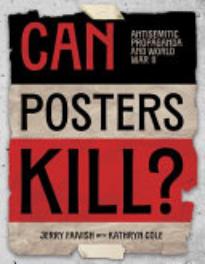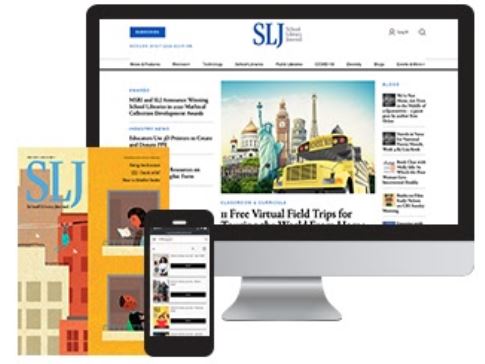Gr 8 Up–Author and descendant of Holocaust survivors, Faivish, states with his editor Kathryn Cole, “[propaganda] posters [themselves] can’t kill, but they can lead people to.” Faivish takes advantage of his own personal collection, which forms one of the world’s largest private collections of Jewish broadsides. The text is organized into three parts: before, during, and after World War II, with evidence for the Nuremberg Trials. The propaganda posters convey the Third Reich’s antisemitic visual and textual rhetoric used to indoctrinate the masses. Handbills, which reinforced stereotypes that Jews and Black people, the Roma, and members of the LGBTQIA+ community were power-hungry spreaders of disease, were tailored like road signs today, designed for high visibility with short, urgent messages, bright colors, and large central images so that the “repetition of lies becomes truths...in the minds of people who are frightened, oppressed, and searching for someone to blame for their misfortune during hard times.” Notices that effectively delivered disinformation to millions originated from France, Belgium, Serbia, Russia, and Italy, as well as Germany. Connecting past to present, readers are urged to question artificial intelligence, which can lead to deception by deepfakes. Favish includes student-friendly text features such as bolded vocabulary words, a glossary, and a timeline for social studies classes.
VERDICT Illustrating how the influence of art and writing can become a powerful tool of destruction when the government controls the media, this book is essential for every school library.





Be the first reader to comment.
Comment Policy:
Comment should not be empty !!!